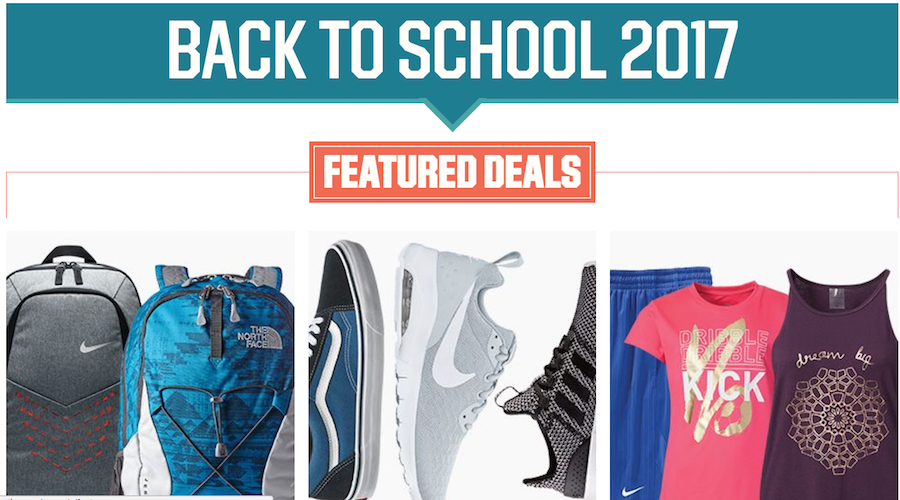Even though more parents started back-to-school shopping early this year, many families still have a lot of shopping left to do as they prepare their children for the start of school.
According to the National Retail Federation’s annual survey conducted by Prosper Insights & Analytics, the average family with children in grades K-12 had completed only 45 percent of their shopping as of early August. That’s down from a peak of 52 percent at the same time in 2013 and 48 percent last year, and the lowest level since 40 percent in 2012.
“Parents this year have been taking longer than usual to finish buying the clothing and supplies their children need for school,” NRF President and CEO Matthew Shay said. “Many kids are already getting on the bus and millions more will be back in class in another week or two, so anybody who hasn’t finished shopping by now is cutting it close. Retailers have some great bargains to offer, but parents better take advantage of them before the school bell rings.”
Of parents surveyed August 1-9, only 13 percent had completed all their shopping, and 23 percent had not started at all. The results come even though the number of parents who planned to start shopping at least two months before the beginning of school was up this year at 27 percent, compared with 22 percent last year.
NRF has forecast that families will spend $83.6 billion on back-to-school this year, including $29.5 billion on K-12 and $54.1 billion on college.
Among K-12 parents, 79 percent said they still needed to buy basic supplies such as pencils and paper, up from 77 percent at the same time last year, followed by 75 percent who needed to buy apparel, up from 70 percent; 58 percent still needed to buy shoes up, up from 57 percent.
To wrap up their buying, 55 percent planned to head to department stores, 49 percent to discount stores, 39 percent to clothing stores, 35 percent to office supply stores and 33 percent online.
When deciding where to shop, 41 percent said they are influenced by coupons, down from 48 percent last year and the lowest in the survey’s history. But 33 percent said they would leverage in-store promotions and 29 percent said they would be influenced by newspaper advertising inserts. For those who’ve already started shopping, 43 percent of their purchases were influenced by coupons, sales and promotions.
The survey found that 61 percent of school supply purchases were influenced by school requirements, down from 64 percent last year. Similarly, 41 percent of electronics purchases were dictated by what schools required, down from 45 percent.
But even though those numbers were down, school requirements still play a significant role in how families go about their shopping.
“Similar to recent years, some of the big-ticket items are being significantly influenced by school requirements,” Prosper Principal Analyst Pam Goodfellow said. “That is why we are seeing many parents take their time in tackling their lists so they can take advantage of any special promotions that can help them save on items such as laptops and computers.”
College Shopping
Overall results for college students were largely the same, with students and their parents saying they, too, had completed 45 percent of their shopping, down from 48 percent last year. That was down from a peak of 54 percent at the same time in 2014 and the lowest level since 44 percent in 2011. Only 12 percent had completed all their shopping and 26 percent had not started at all.
According to the survey, 61 percent still needed to purchase school supplies, followed by clothing (51 percent) and shoes (33 percent).
The survey found college consumers will likely complete the rest of their shopping online (41 percent), at discount or department stores (38 percent each), college bookstores (32 percent) and clothing stores (31 percent).
Coupons and promotions are influencing consumers with back-to-college purchases: 41 percent may use coupons; 30 percent could take advantage of in-store promotions and 28 percent are influenced by word of mouth. For those who have already made purchases, 46 percent were influenced by promotions, down from 50 percent last year.
The survey asked 7,248 consumers about both back-to-school and back-to-college shopping plans. It was conducted August 1-9 and has a margin of error of plus or minus 1.2 percentage points.
Photo courtesy Dick’s Sporting Goods
















